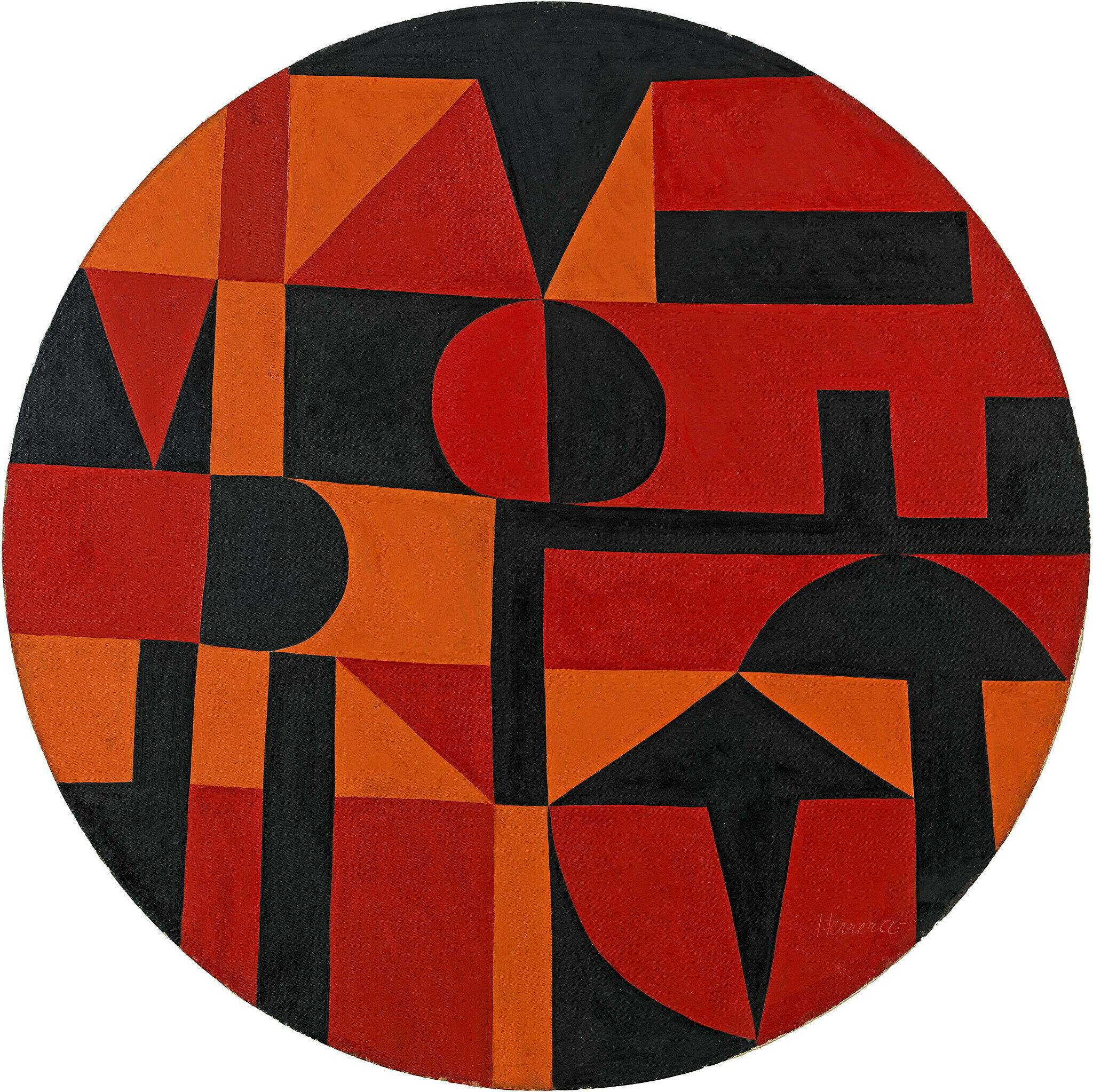Positive and Negative Space
Explore and experiment with positive and negative space
Positive space refers to the subject or areas of interest in an artwork, such as a person's face or figure in a portrait, the objects in a still life painting, or the trees in a landscape painting. Negative space is the background or the area that surrounds the subject of the work.
a. Explore and discuss positive and negative space with your students. Talk about where students might have noticed positive and negative space in their own lives. For example, objects in their classroom, on company logos, Tshirts, and other clothing, in advertising, food labels, and children’s books. Ask them to look at the objects around them in their classroom, such as a desk or chair, and identify the positive and negative spaces.
b. Explore how Carmen Herrera has used shapes and color to create positive and negative space in her paintings. Ask your students to view and discuss Herrera’s painting Iberic, 1949 and Green and Orange, 1958. What shapes do they notice? Which shapes seems to pop out or recede in space? Why?
c. Students can experiment with positive and negative space by making shapes with their hands, shadow silhouettes on a wall, or by sketching the objects in their classroom. If students make sketches, ask them to try drawing only the negative spaces that surround an object such as a desk or chair. Students could fill in the negative space by shading with a pencil or use color (e.g. red/green, blue/orange, yellow/purple, black/white) to define the positive and negative space in their sketch.


